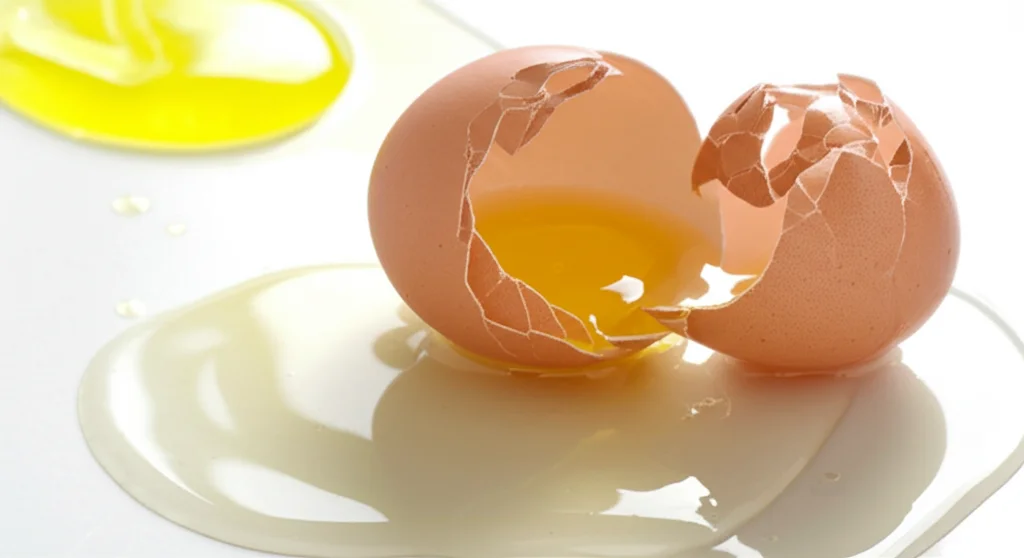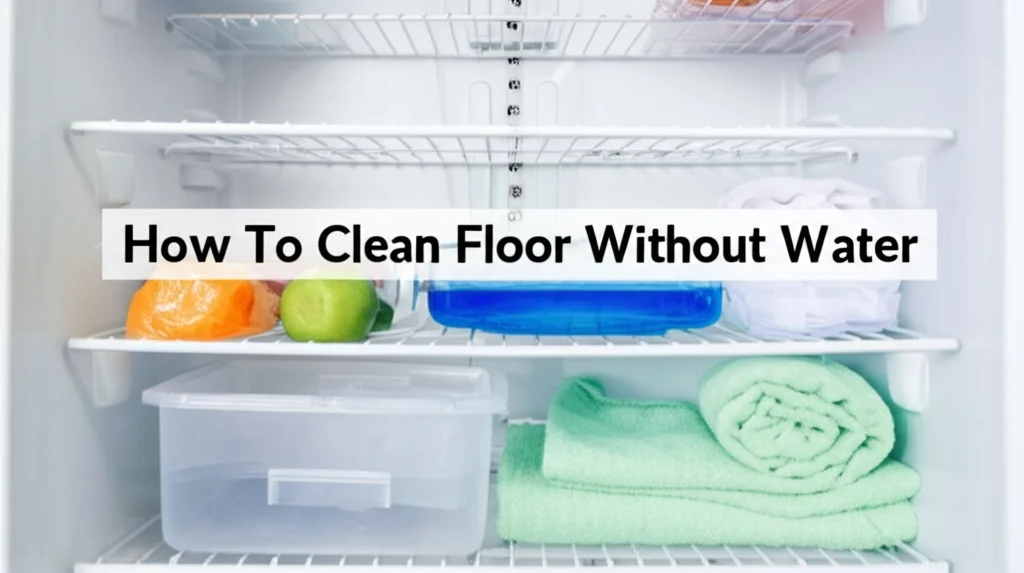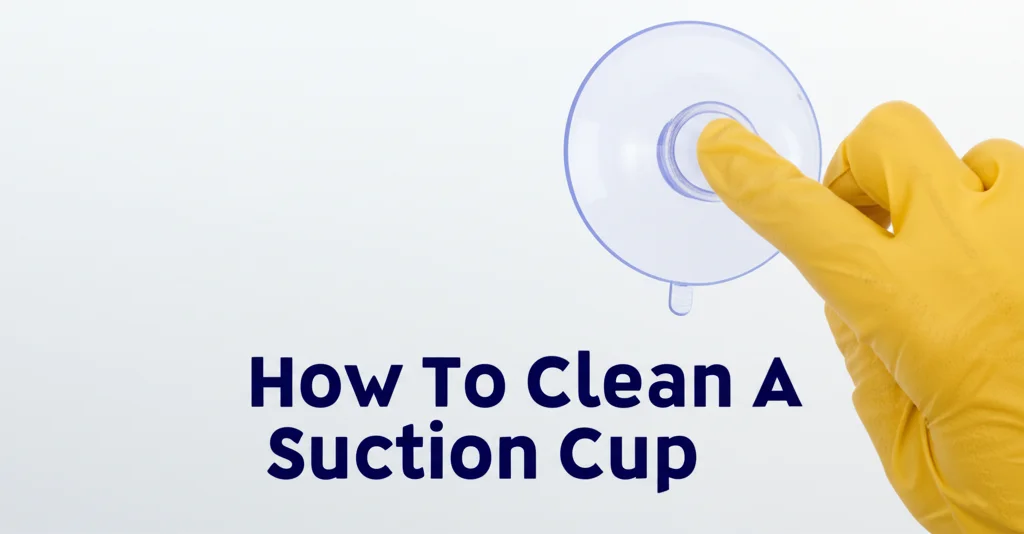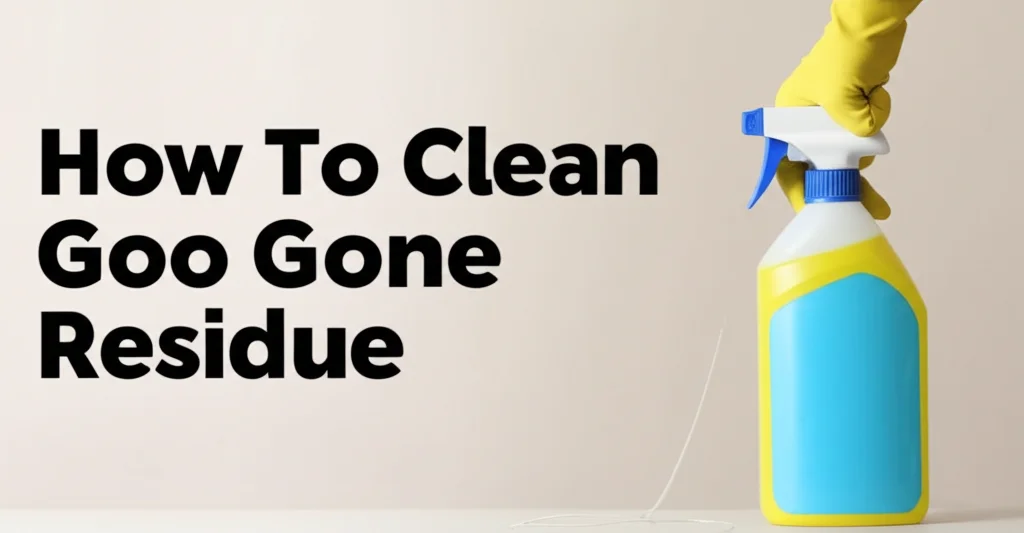· Cleaning Tips · 7 min read
how to clean up a broken egg

How to Clean Up a Broken Egg: A Step-by-Step Guide
Ever had that sinking feeling when an egg slips from your hand and splatters across the kitchen floor? It’s a messy situation, but don’t panic! Cleaning up a broken egg doesn’t have to be a huge ordeal. This guide will walk you through exactly how to clean up a broken egg, no matter the surface, and prevent any lingering stickiness or smells. We’ll cover everything from hardwood floors to carpets, ensuring a thorough and efficient cleanup. Let’s get started and restore your kitchen to its pristine condition.
Quick Answer:
To clean up a broken egg, first, carefully remove the shell and larger pieces. Next, blot the remaining egg with paper towels, working from the outside in. Finally, clean the area with a mild detergent and water, rinsing thoroughly.
Takeaway:
- Remove shell pieces carefully.
- Blot, don’t wipe, the egg residue.
- Use mild soap and water for cleaning.
- Rinse thoroughly to prevent stickiness.
Understanding the Mess: Why Egg Cleanup Needs Attention
An egg isn’t just water and protein; it contains fats and can quickly become sticky. Leaving egg residue can attract bacteria and create unpleasant odors. It’s important to address the mess promptly and thoroughly. The longer it sits, the harder it becomes to remove, especially on porous surfaces like carpets or wood. Proper cleaning prevents lingering smells and ensures a hygienic kitchen environment. Let’s dive into the best methods for tackling this common kitchen mishap.
Cleaning a Broken Egg on Hard Surfaces (Tile, Linoleum, Wood)
Hard surfaces are generally easier to clean than porous ones. However, prompt action is still key. The goal is to remove the egg before it dries and becomes difficult to scrape off. Here’s how to tackle a broken egg on tile, linoleum, or wood floors:
Step 1: Immediate Shell Removal
Carefully pick up the larger pieces of shell. Use a spoon or spatula to avoid pushing smaller fragments into cracks or crevices. A vacuum cleaner with a hose attachment can also be helpful for collecting smaller shell pieces. Be gentle to avoid scratching the surface.
Step 2: Blotting the Egg Residue
Grab plenty of paper towels and blot the egg, working from the outside of the spill inward. Wiping can spread the mess and make it larger. Continue blotting with clean paper towels until you’ve absorbed as much of the liquid egg as possible. This prevents further spreading and makes the next step easier.
Step 3: Soap and Water Solution
Mix a small amount of mild dish soap with warm water. Dip a clean cloth into the solution and gently wipe the affected area. Avoid using abrasive cleaners, especially on wood floors, as they can damage the finish. If you’re unsure about your floor’s finish, test the solution in an inconspicuous area first. For more information on floor care, check out https://www.beacleaner.com/how-to-clean-hardwood-floors-with-vinegar/.
Step 4: Rinse and Dry
Rinse the area with clean water to remove any soap residue. Dry the surface thoroughly with a clean cloth. Leaving moisture can lead to stickiness or water damage, especially on wood. Ensure the area is completely dry before walking on it.
Tackling a Broken Egg on Carpet: A More Delicate Approach
Carpets present a bigger challenge because the egg can seep into the fibers. Quick action is even more crucial here to prevent a lasting stain and odor. Here’s a detailed guide to cleaning up a broken egg on carpet:
Step 1: Shell Removal – Gentle is Key
Just like with hard surfaces, remove the shell fragments carefully. Use your fingers or a spoon, being extra gentle to avoid pushing the egg deeper into the carpet fibers. A vacuum cleaner can help with smaller pieces, but use a low suction setting.
Step 2: Blotting, Blotting, Blotting!
This is the most important step. Use clean paper towels or a clean cloth to blot up as much of the egg as possible. Again, blot – don’t rub! Rubbing will only spread the mess and force it deeper into the carpet. Change paper towels frequently as they become saturated.
Step 3: The Baking Soda Trick
Sprinkle a generous amount of baking soda over the affected area. Baking soda is excellent at absorbing odors and helping to lift the stain. Let the baking soda sit for at least 30 minutes, or even overnight for stubborn stains. This allows the baking soda to work its magic.
Step 4: Vacuuming and Final Cleaning
Vacuum up the baking soda thoroughly. If a stain remains, mix a small amount of mild dish soap with cool water. Gently blot the stain with the solution, then rinse with clean water. Blot dry with a clean cloth. If you’re dealing with a particularly stubborn stain, you might consider using a carpet cleaner. You can find more information on carpet cleaning solutions at https://www.beacleaner.com/how-to-use-baking-soda-as-a-carpet-cleaner/.
Cleaning Egg Off Upholstery: A Careful Touch
Upholstery requires a delicate approach to avoid damaging the fabric. Always test any cleaning solution in an inconspicuous area first. Here’s how to clean up a broken egg on your sofa or chairs:
Step 1: Remove the Shell and Excess Egg
Carefully remove any shell fragments. Use a soft brush or your fingers to avoid scratching the upholstery. Blot up as much of the liquid egg as possible with a clean cloth.
Step 2: Mild Soap Solution
Mix a small amount of mild dish soap with cool water. Dampen a clean cloth with the solution and gently blot the stain. Avoid saturating the fabric. Work from the outside of the stain inward to prevent spreading.
Step 3: Rinse and Dry
Dampen a clean cloth with plain water and blot the area to remove any soap residue. Blot dry with a clean, dry cloth. Allow the upholstery to air dry completely. For more information on sofa cleaning, see https://www.beacleaner.com/2-painless-ways-to-clean-sofa-without-vacuum-cleaner/.
Dealing with Dried Egg: A More Challenging Cleanup
If you discover a dried egg, the cleanup will be a bit more challenging. The key is to soften the egg before attempting to remove it.
Step 1: Soften the Egg
Dampen the area with warm water. Let the water sit for a few minutes to soften the dried egg.
Step 2: Gentle Scraping
Use a plastic scraper or the edge of a credit card to gently scrape off the softened egg. Avoid using metal tools, as they can damage the surface.
Step 3: Clean and Rinse
Follow the cleaning steps outlined for the specific surface (hard surface, carpet, or upholstery).
Preventing Lingering Odors
Even after cleaning, a faint egg smell might linger. Here are a few tips to eliminate odors:
- Baking Soda: Sprinkle baking soda over the cleaned area and let it sit for several hours before vacuuming.
- Vinegar: Place a small bowl of white vinegar near the affected area to absorb odors.
- Ventilation: Open windows and doors to air out the room.
FAQ: Common Questions About Cleaning Up Broken Eggs
Q: Can I use bleach to clean up a broken egg?
A: No, bleach is not recommended. It can discolor surfaces and react with the egg proteins, creating unpleasant odors. Stick to mild soap and water.
Q: What if the egg got into a crack in the floor?
A: Use a cotton swab dipped in a mild soap solution to gently clean the crack. Follow with a clean, damp swab to rinse.
Q: How do I remove a stubborn egg stain from carpet?
A: Try a carpet stain remover specifically designed for protein-based stains. Always test in an inconspicuous area first.
Q: Is it safe to use hot water to clean up a broken egg?
A: No, hot water can actually cook the egg proteins, making the stain more difficult to remove. Use cool or lukewarm water instead.
Conclusion: A Clean Kitchen is Within Reach!
Cleaning up a broken egg can be a bit messy, but with the right approach, it’s a manageable task. Remember to act quickly, blot instead of wipe, and use mild cleaning solutions. Whether it’s on your tile floor, carpet, or upholstery, these steps will help you restore your kitchen to its former glory. Don’t let a broken egg ruin your day – now you know exactly how to clean up a broken egg and get back to enjoying your time in the kitchen! For more cleaning tips and tricks, explore our other articles at Beacleaner.com.




